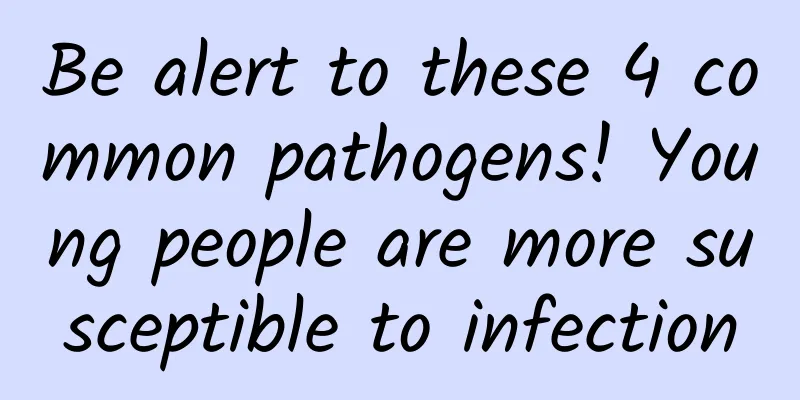What does pelvic effusion mean?

|
For diseases such as pelvic effusion, many patients are not cured in the first place, which leads to many patients not being able to be cured when their condition becomes serious. As a result, they often feel some lower back pain in their bodies, or their resistance is reduced, which will cause more gynecological diseases and trigger other complications. What is pelvic effusion? 1. Feeling of falling, pain in the lower abdomen and lumbar sacral region The main symptoms are a feeling of heaviness and pain in the lower abdomen on one or both sides. Scar adhesions and pelvic congestion caused by chronic inflammation lead to lower abdominal distension, pain, and lumbar and sacral soreness. 2. Decreased immunity The systemic symptoms of pelvic effusion are mostly not obvious, and sometimes there may be low fever and fatigue. Some patients with a long course of illness may have symptoms of neurasthenia, such as lack of energy, general discomfort, insomnia, etc. When the patient's resistance is poor, acute or subacute attacks are likely to occur. 3. Menstrual disorders Patients with concurrent pelvic congestion may have increased menstruation; when ovarian function is damaged, there may be menstrual disorders; when the fallopian tubes are blocked by adhesions, it may cause female infertility. 4. Infertility If pelvic inflammatory disease causes blockage of the fallopian tubes, infertility will occur. Clinical examination will reveal that the patient's uterus is retroverted, uterine activity is restricted, or adhesions have occurred. Physiological pelvic effusion does not require special treatment, and a small amount of pelvic effusion can be absorbed on its own. If it is pelvic inflammatory disease or tumor effusion, the amount of fluid will be more than 100 ml, and targeted treatment is required according to the cause. 1. General treatment Relieve patients' mental concerns, enhance their confidence in treatment, increase nutrition, exercise, pay attention to the combination of work and rest, and improve the body's resistance. 2. Medication If it is caused by inflammation, active anti-infection treatment should be given; if it is caused by a tumor, chemotherapy drugs should be used in combination with surgical treatment. 3. Surgery Patients with lumps, hydrosalpinx or tubo-ovarian cysts can undergo surgical treatment; patients with small foci of infection and recurrent inflammation should also undergo laparoscopic exploration. The principle of surgery is to completely cure the disease and avoid leaving any residual lesions. For young women, ovarian function should be preserved as much as possible. The effect of single therapy on chronic pelvic inflammatory disease is poor, so comprehensive treatment is appropriate. |
<<: What causes pelvic effusion?
>>: Electrosurgical resection of cervical erosion
Recommend
What are the treatments for moderate cervical erosion?
After women have sexual experience, they will be ...
What causes gestational sac bleeding?
Gestational sac bleeding is definitely not good n...
What is the reason for the endometrium to be about 0.5CM thick?
Many people know that a healthy uterus is not onl...
Is abortion painful? How long does it take?
One month into the pregnancy, it is still in the ...
After heart stent placement, how long should aspirin and clopidogrel be taken, and which one should be stopped afterwards?
A friend left a message for Huazi, saying that he...
YouGov: 63% of Americans use group chats on instant messaging apps
199IT original compilation Sharing a moment with ...
The best exercise to increase bone density is not running or walking. Many people exercise incorrectly...
Many people are often told by doctors that they h...
Normal fasting blood sugar levels during pregnancy
Pregnant women need to do a lot of tests during p...
When will the Korean drama "Hospital Playlist" be updated? Where can I watch "Hospital Playlist"?
"Hospital Playlist" is a Korean drama t...
Understand the principles of COVID-19 self-testing in one article!
Mixed Knowledge Specially designed to cure confus...
Is a child's laughter a disease? Be careful of this tumor!
Review expert: Yin Tielun, deputy chief physician...
In addition to causing cancer, bacteria may also mark cancer cells to help the immune system recognize them
Earlier this year, an article talked about the re...
Can I wear makeup when I'm pregnant?
In real life, the physical health of women in the...
Abdominal cramps during menstruation
Many girls experience discomfort of one kind or a...
Causes of hip pain in pregnancy
It is very common for women to experience hip pai...









